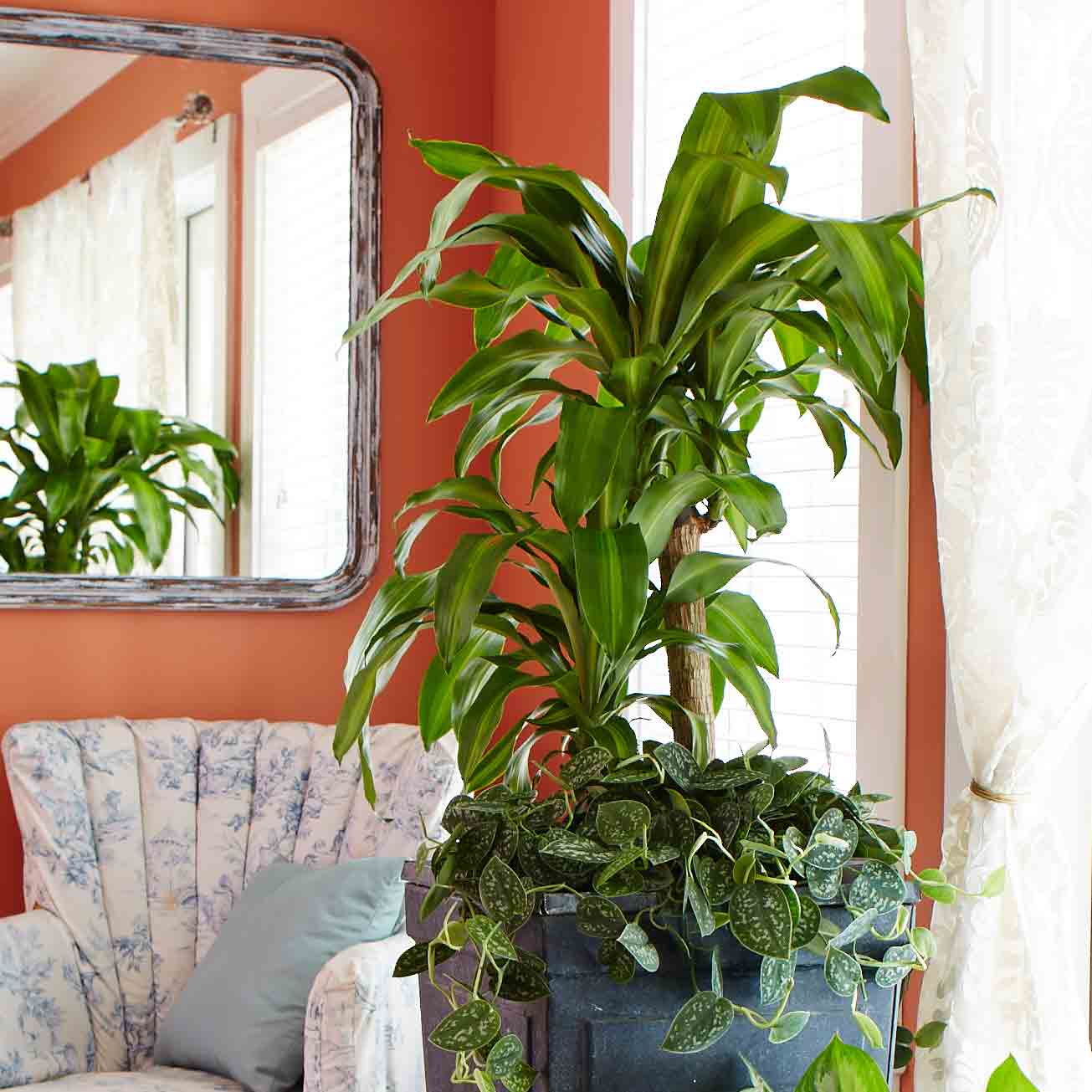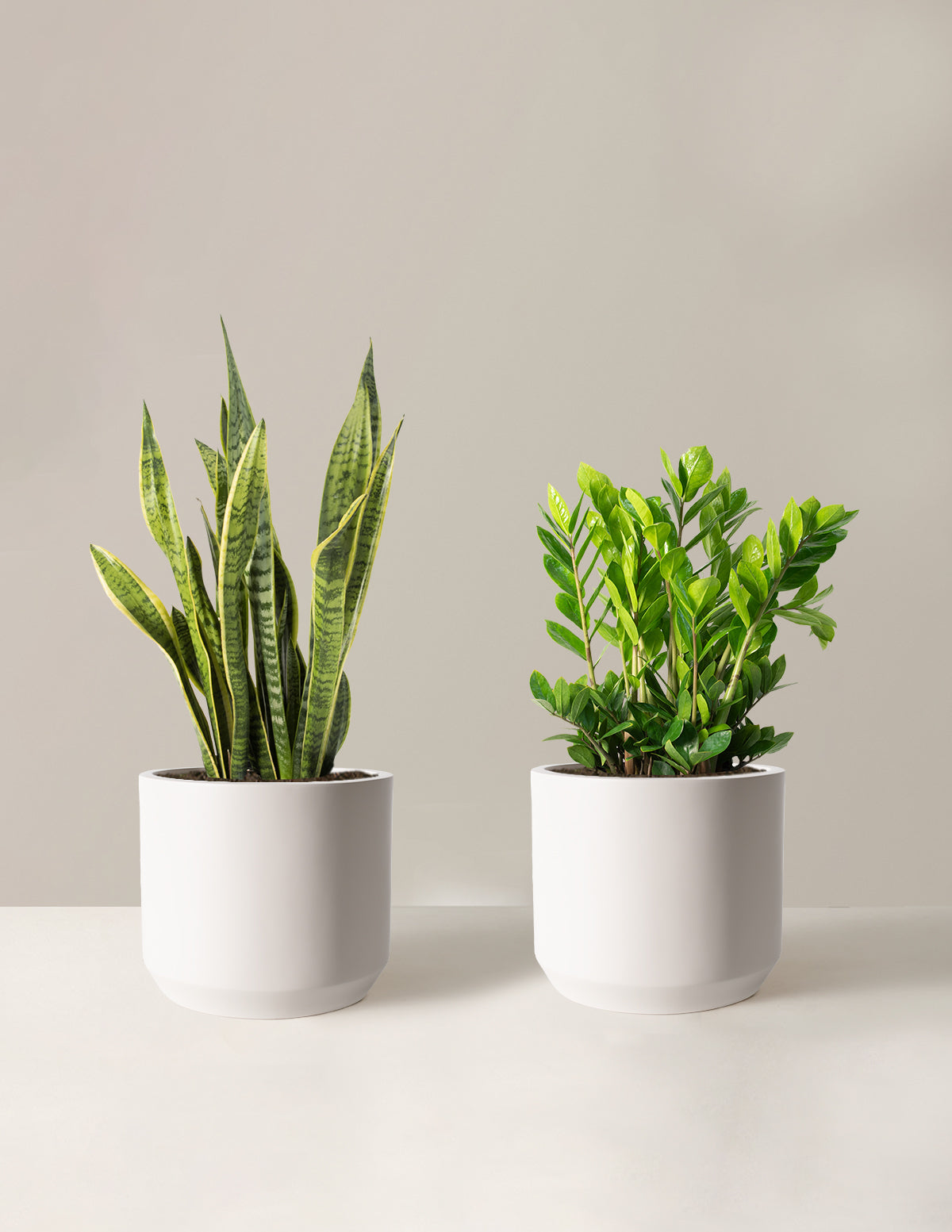Top Picks for the Best Low-Light Indoor Plants to Brighten Your Room
Top Picks for the Best Low-Light Indoor Plants to Brighten Your Room
Blog Article
Discover the Tricks of Low-Light Indoor Plants and Exactly How They Enhance Your Setting
Low-light interior plants have amassed raising attention for their special capability to boost both aesthetic appeal and environmental high quality within offices and homes. These resilient types, consisting of the Snake Plant and Tranquility Lily, not only prosper in difficult illumination conditions yet additionally play a crucial duty in air filtration and emotional wellness.
Benefits of Low-Light Indoor Plants
Although lots of people think that indoor plants call for abundant sunshine to flourish, low-light interior plants offer a wide variety of advantages that make them optimal for various atmospheres. Among the key advantages is their versatility; they can prosper precede with limited natural light, such as workplaces, cellars, or areas with tiny home windows. This function permits individuals to improve their surroundings with greenery, adding to boosted appearances without the requirement for comprehensive lighting adjustments.
Additionally, low-light indoor plants can significantly enhance indoor air quality by filtering system harmful toxins and releasing oxygen, making living areas healthier. Research has actually revealed that particular selections can soak up pollutants, therefore advertising a cleaner atmosphere. Furthermore, they can improve mental health by minimizing stress and enhancing productivity. The existence of plants has been connected to higher sensations of tranquility and emphasis.
Furthermore, low-light plants typically need much less upkeep than their sun-loving equivalents, making them optimal for busy people or those brand-new to gardening. Their durability enables them to love very little intervention, therefore offering a fulfilling experience for plant fanatics and amateurs alike. In recap, low-light indoor plants offer both visual and useful purposes, making them valuable enhancements to any kind of area.
Top Low-Light Plant Ranges
Low-light indoor plants can be found in a selection of varieties, each offering special qualities and advantages fit for dim atmospheres. Amongst one of the most popular ranges is the Serpent Plant (Sansevieria), recognized for its air-purifying capabilities and building leaves. This durable plant prospers on overlook and can endure a variety of light conditions.
One more exceptional selection is the ZZ Plant (Zamioculcas zamiifolia), which includes shiny, dark green leaves and is highly drought-tolerant. Its versatility makes it a preferred for workplaces and homes with restricted sunshine.
The Pothos (Epipremnum aureum) is additionally a leading challenger, with its routing creeping plants and heart-shaped fallen leaves - Best low-light indoor plants. This versatile plant can be trained to climb or cascade, adding visual interest to any area

Treatment Tips for Low-Light Plants
Caring for low-light indoor plants calls for a nuanced understanding of their details demands to guarantee optimum development and vitality. It is necessary to choose the appropriate potting mix, as a well-draining soil is vital to stop root rot. A blend made for houseplants, frequently including peat moss and perlite, functions well great post to read for many low-light selections.
Watering is one more vital aspect of treatment. Low-light plants generally need much less frequent watering compared to their sun-loving equivalents. It is advisable to inspect the leading inch of soil; if it feels dry, it's time to water. Overwatering can cause complications such as mold and origin degeneration.
Fertilization must be come close to with care. Throughout the growing season, a watered down fluid plant food can be used monthly, but in winter season months, lots of low-light plants get in inactivity and call for little to no fertilizing.
Lastly, it is necessary to periodically clean up the leaves to remove dirt, enabling for far better light absorption. By adhering to these treatment suggestions, you can cultivate a thriving atmosphere for your low-light indoor plants, improving both their appearance and durability.
Enhancing Air High Quality With Plants
Indoor plants play a significant role in enhancing air quality within homes and workplace. Through the process of photosynthesis, these plants soak up co2 and launch oxygen, adding to a healthier atmosphere. Furthermore, certain low-light indoor plants have the capacity to filter harmful toxins, such as trichloroethylene, benzene, and formaldehyde, which are generally found in indoor settings.

Moreover, the existence of interior plants can enhance moisture levels, which assists reduce completely dry skin and respiratory problems, better enhancing total well-being. This capability to boost air high quality not just advertises physical health however additionally supports psychological health.
Incorporating low-light interior plants right into your living and working rooms can lead to a much more vivid and invigorating atmosphere (Best low-light indoor plants). Buying these natural air cleansers is a straightforward yet effective technique for boosting interior air quality and cultivating a healthier way of life
Developing a Serene Indoor Area
The assimilation of plants right into living rooms not only enhances air quality but likewise useful site contributes to a serene ambience. Low-light interior plants, such as serpent plants and pothos, are specifically reliable in developing a serene environment, as they thrive in conditions that may otherwise be unwelcoming for various other plant. Their rich foliage offers a soothing aesthetic, reducing stress and advertising leisure.
Integrating these plants into your home or office can evoke a feeling of tranquility and wellness. Tactically putting them in areas where you invest substantial time, such as living spaces or work areas, permits for an immersive experience with nature, which has actually been shown to boost state of mind and cognitive function.
Moreover, the mild motion of leaves in discover here feedback to air flow can create a vibrant visual element that boosts the general ambiance. Take into consideration utilizing a variety of plant elevations and structures to include depth and passion to your area. With thoughtful placement and treatment, low-light indoor plants can change any location into a calm haven, cultivating not only visual contentment but mental and additionally emotional health.

Final Thought
Incorporating low-light indoor plants right into various atmospheres returns significant advantages, consisting of improved air high quality and enhanced aesthetic allure. These hardy varieties not only prosper in marginal light however likewise add to a calming environment, advertising psychological and emotional wellness. By picking appropriate varieties and executing appropriate care techniques, people can successfully grow a serene interior space that promotes wellness and productivity. The transformative power of low-light plants underscores their worth in improving both household and work-related settings.
Although numerous people think that interior plants need plentiful sunshine to thrive, low-light indoor plants supply a wide range of advantages that make them ideal for different atmospheres.Moreover, low-light indoor plants can significantly boost interior air quality by filtering dangerous toxins and launching oxygen, making living spaces healthier. In addition, particular low-light indoor plants possess the ability to filter hazardous contaminants, such as benzene, trichloroethylene, and formaldehyde, which are generally located in interior environments.
Low-light interior plants, such as serpent plants and pothos, are specifically effective in developing a calm atmosphere, as they grow in problems that may otherwise be inhospitable for other greenery.Including low-light indoor plants into numerous environments yields considerable benefits, consisting of boosted air top quality and improved visual appeal.
Report this page